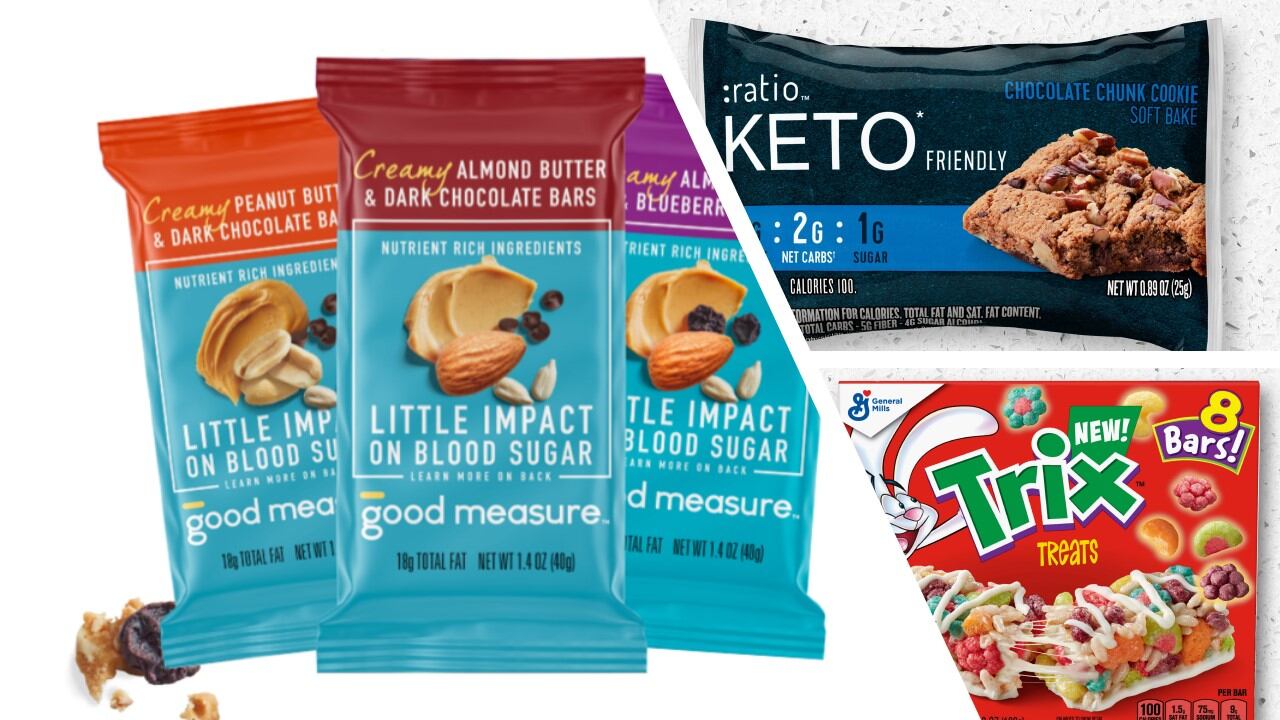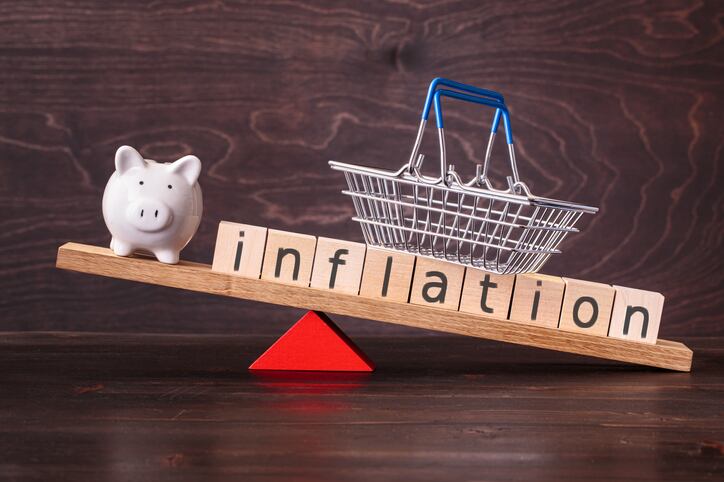“We are operating in a dynamic cost environment and we’re certainly not unique in experiencing cost pressures,” CEO Lawrence Kurzius told investors July 1 during the company’s quarterly earnings call. “To offset rising costs, we are raising prices where appropriate, but usually there are lag times associated with pricing, particularly with how quickly costs are escalating. Therefore, most of our actions won’t go into effect until late 2021.”
The news comes as the company increases its estimated cost inflation, which previous guidance placed at low-single digits.
“We’ve moved that to mid-single-digit,” to better reflect increased inputs across three main components: freight, packaging and commodities, CFO Mike Smith said.
“The ocean freight we’ve talked about, which is hitting everyone. We source a lot of our products from the Asian market, so those rates are up. But also packaging due to resin costs and things like that going up, and then thirdly, commodities,” he explained.
Ocean freight costs
While the company is still in conversations with retailers about pricing and Kruzius recognizes “there is always an amount of commercial tension in our pricing discussion,” he said he is “really confident that we’re going to be able to get through the pricing that we need.”
He explained this is in part due to McCormick taking a “long-term perspective with our customers. They know that we are fair, that we are transparent in our cost.” They also know that there is broad-based inflation so that “it’s not just us that’s going up in isolation. The whole industry is moving.”
To further soften the impact of inflation on retailers, Kurzius added that McCormick is boosting its advertising and promotions into the third quarter, which “is supporting their business, too.”
The price increases also could help offset any drop in sales in the upcoming third and fourth quarters compared to the same time last year when many consumers were still stocking their pantries during the pandemic and buying food at a much higher rate than they are today, added Smith.
The potential for a sales drop-off compared to last year also may not be as sharp as previously anticipated, based on the firm’s second quarter results, which began overlapping the elevated sales of last year.
During the firm’s second quarter ending May 31, sales grew 11% compared to last year and on a two-year basis, which is more indicative of the business’ strength as it removes anomalies from the pandemic, it saw a 20% increase in adjusted operating income.
At home cooking will remain elevated
While sustaining the extreme high sales of peak pandemic may not be realistic, McCormick expects sales will remain elevated in the coming quarters as consumers continue to cook and eat at home at much higher rates than they did pre-pandemic even as more restaurants reopen and some consumers return to offices and school.
“Our proprietary consumer survey data, supported by external research, tells us that consumers are enjoying the cooking experience. It provides a creative outlet, makes them feel adventurous, reduces stress and connects the family, and they feel home-cooked meals are healthier,” Kurzius told analysts in prepared comments.
For example, he noted, “in our recent consumer survey from May, 68% of US consumer surveyed stated they are cooking more today than pre-pandemic and 78% claim they would maintain or increase their level of cooking at home as things return to normal … with no meaningful difference between those vaccinated and those not.”
He explained that consumers have formed new habits, invested in new kitchen appliances and want to cook. Even when they order food from restaurants, 70% of US consumers are adding their own spices, seasonings and condiments to further flavor their takeaway or delivered food.
Finally, Kurzius said, he sees significant long-term potential for at-home lunch, which research indicates is up 30%.
This research also reinforces McCormick’s overall strong outlook, which the company increased to include sales growth of 11% to 13% compared to 2020 vs its previously projected 8% to 10%. The operating income is expected to grow 6% to 8% from $1bn in 2020, and the earnings per share is now projected to be in the range of $2.83-$2.88 in 2021 compared to $2.78 in 2020.




